People use metal detectors to find all kinds of objects, including jewelry, buttons, and buried scrap metal. You can also find a wide variety of coins, particularly in public places like parks, beaches, and campgrounds.
Coins, in particular, are a popular item to find while metal detecting — though most of them are relatively low-value. Mass-produced coins circulating the market today are typically made of common metals like copper and nickel. While these coins have value in purchasing items, they are not particularly valuable in the eyes of a collector.
What Makes a Coin Valuable?
Certain coins have special features that make them valuable. For example, some coins might be exceptionally old or rare. Others might contain specific metals, including gold or silver, that make them more valuable. Some coins have value simply because they are in high demand by collectors.
Age
Many coins increase in value as they age. There are fewer older coins still in circulation, which inflates their value. Others were destroyed, lost, or melted down for another purpose. Some older coins were also produced in smaller quantities, particularly those created with horse- or man-powered tools. This can make older coins more difficult to find, further elevating their worth.
Finding older coins with a metal detector can be a challenge. They are typically found deeper in the ground — sometimes too deep to be detected. You might need more sophisticated metal detectors with higher sensitivity and advanced target identification to find these coins.
Rarity
Coins might have several types of errors that make them more valuable. Look for coins with off-center designs. These coins might have some details missing, particularly if those features are near the edges of the coin. If a coin is double-struck — meaning it goes into the press twice — its distinctive features can also drive up its value.
Limited-series coins are also valuable and often commemorate a specific person or event. For example, the 1995-W Proof American Silver Eagle coin recognizes the tenth anniversary of the American Eagle bullion program. Only 30,125 of these coins were ever produced, and sold as part of a five-coin collection.
Metallic Content
Coins with gold, silver, and other precious metals often have a higher value. These metals have higher market rates due to their rare nature and higher desirability. Some collectors preserve rare coins with precious metals due to their historical significance. Other people will melt them down, as long as they are not in circulation, and sell the raw materials.
Some metals are easier to find with metal detectors than others. Many metal detectors have a higher sensitivity to gold and silver than they do to common metals. The conductivity of gold and silver produces a strong, more recognizable signal from a metal detector.
Condition
Coins in pristine condition are often more valuable than worn-down versions. Numismatists, or coin professionals, will often grade coins on a scale to indicate their condition and their worth. Higher-graded coins with better detail, more luster, and fewer scratches often sell for more money.
Coin conditions are often set on the Sheldon Scale, which assigns a numerical value between one and 70. In theory, a coin with a 70 score should be worth 70 times a coin with a score of one. Coins with a score of at least 60 are graded as exceptional.
Aesthetics
The design of a coin can also go a long way toward determining its worth. Many collectors appreciate aesthetically-pleasing coins, even if they do not have the luster or metallic content of other coins. Some designs are also attractive because they commemorate a specific event, place, or group of people.
Many coins have artistic significance because of their source. For example, the Saint-Gaudens Double Eagles coin, designed by sculptor Augustus Saint-Gaudens, is regarded as valuable because of its artistic investment. The beauty of the coin gives it worth beyond its $20 face value.
Demand
Demand drives much of a coin’s value. The demand for a particular coin is often driven by previously-mentioned factors like age, metals, or design. In other cases, coins might have a higher popularity and demand even without these factors. This makes demand a difficult metric to quantify when evaluating coins.
Coins of a specific shape, year, or design might become popular among collectors for a certain period of time. The psychological side of coin collecting, influenced by factors like historical discoveries and media attention, can quickly change a coin’s demand.
Metal Detecting for Coins
Metal detectors represent one of the easiest, most effective ways to find buried metals. People commonly find coins buried in all sorts of places, as long as they are buried at a detectable depth.
Compared to other objects, coins are particularly easy to find because of their recognizable shape and size. They are also commonly discarded, and left behind for people like you to find. This can make metal detecting for coins a lucrative activity — as long as you know where to look.
Where To Find Valuable Coins
It’s important to choose the right location when metal-detecting coins. First, make sure that you’re allowed to use a metal detector in your preferred location. Some places, including private beaches, military bases, and school grounds, might have rules prohibiting the activity.
This still leaves a wide range of acceptable locations for metal detecting. Consider a public park or beach — somewhere that many people visit each day. You might also metal detect at a historical site where old coins have been found.
Knowing where to look can save you time and energy when searching for coins. Prioritize trees, landmarks, or other locations where people rest or sit. Visit your identified area during a low-traffic time of day, allowing you to scan a larger area with fewer people around. Focus on sidewalks, pathways, meeting spaces, or other places where people might inadvertently leave coins behind.
Rare Coins To Look For
Persistent collectors can find many different types of rare coins by metal detecting. Often, the place where you search can influence the types of coins you find.
Here are some specific rare coins and places where they have been found:
- 1932-D Washington Quarter: Minted for a single year, with an image of George Washington on the reverse side. This coin can be found in Denver where it was originally minted, or in historic locations where it may have been discarded.
- 1877 Indian Head Penny: As the rarest of the Indian Head Pennies, it features the State of Liberty’s head adorned with a feather headdress. Look for the 1877 Indian Head Penny in historic locations where it may have been used as currency.
- 1943 Copper Penny: A coin mistakenly printed after the U.S. Mint’s transition away from copper. Look for the 1943 Copper Penny in bulk World War II coin collections, when zinc was instead used to save copper for wartime materials.
- 1916 Standing Liberty Quarter: Had the lowest mintage, only 52,000 coins, in the entire Standing Liberty coins series. This coin is particularly valuable if the detail of Lady Liberty's head was fully struck. Look in public locations like parks and historic sites for this coin, especially near Philadelphia where it was originally minted.
- 1804 Silver Dollar: Widely considered one of the world’s rarest coins, with only 15 known to exist. The 1804 Silver Dollar was created exclusively as a diplomatic gift, and can only be found in private collections or auctions.
Don’t get discouraged if you search for coins without success. Many successful coin hunters and collectors hunt for long periods of time without making a new discovery. With perseverance and luck, you might come across a rare coin that makes the entire experience worth it.
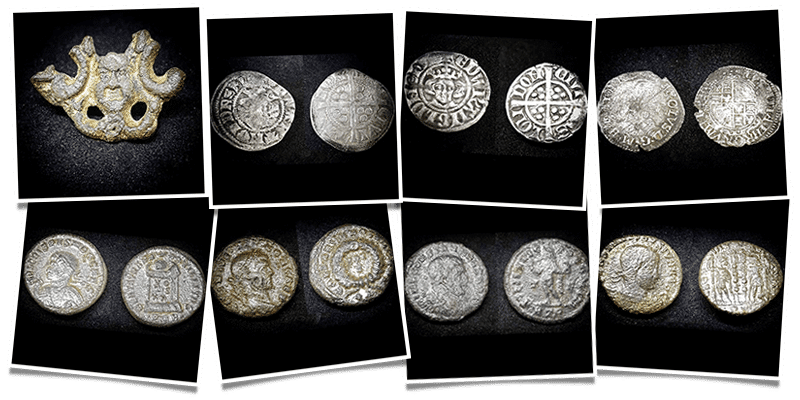
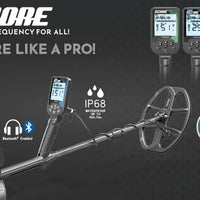
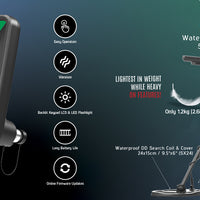

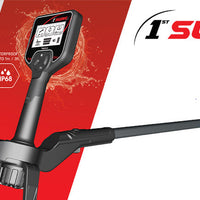
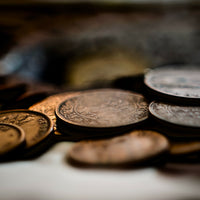
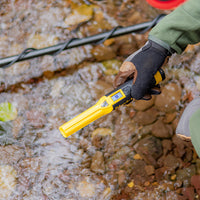
1 comment
Zachary Tomlinson
October 10, 2023 at 08:43 AMI find it interesting that you could figure out the value of your old coins through their history. I have a friend that owns a couple of old coins as a gift from his late uncle. I should suggest that we find a coin buyer that can take them off his hands someday. https://www.hjbltd.com/#!/store/ancient-coins